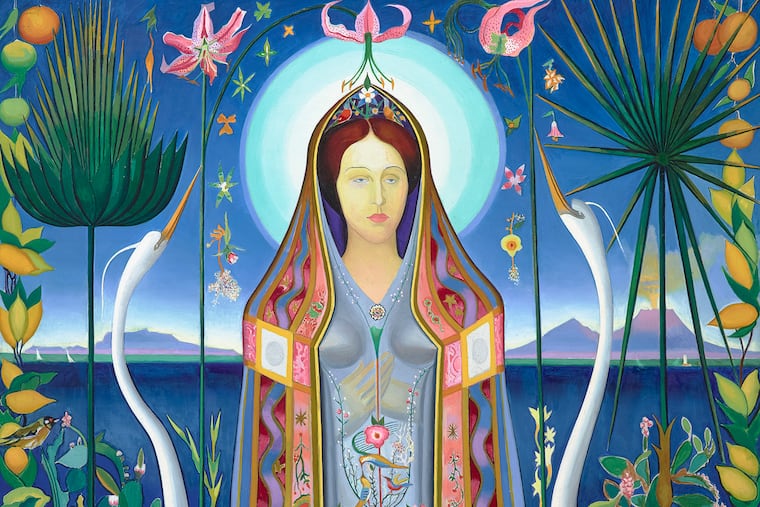Joseph Stella, the artist who drew industrial America, documented Pittsburgh society & nature for years
Brandywine Museum's ongoing “Joseph Stella: Visionary Nature” exhibit explores his more nature-centric works.

Brandywine Museum's ongoing “Joseph Stella: Visionary Nature” exhibit explores his more nature-centric works.
